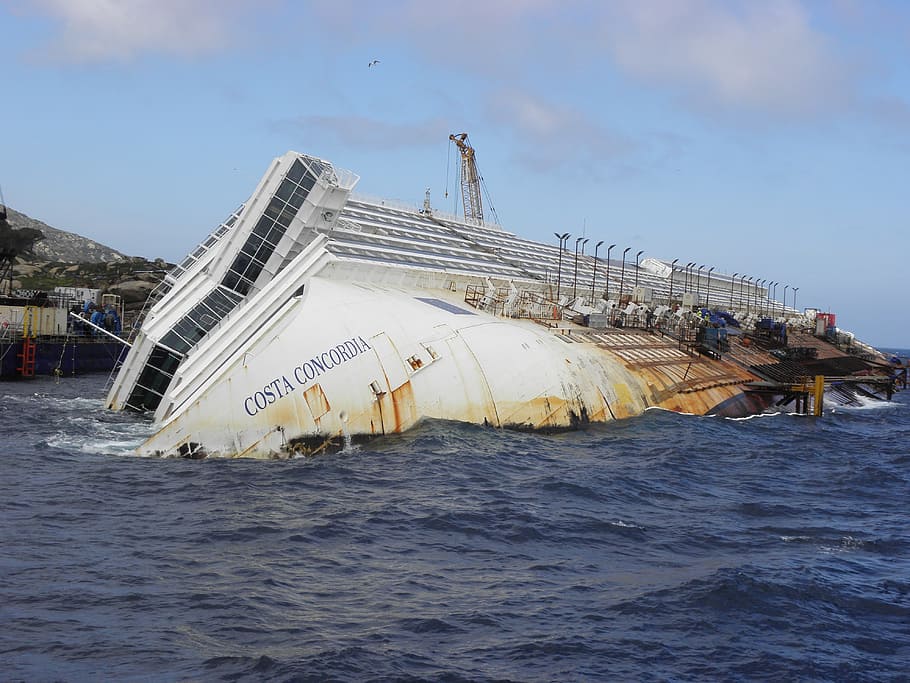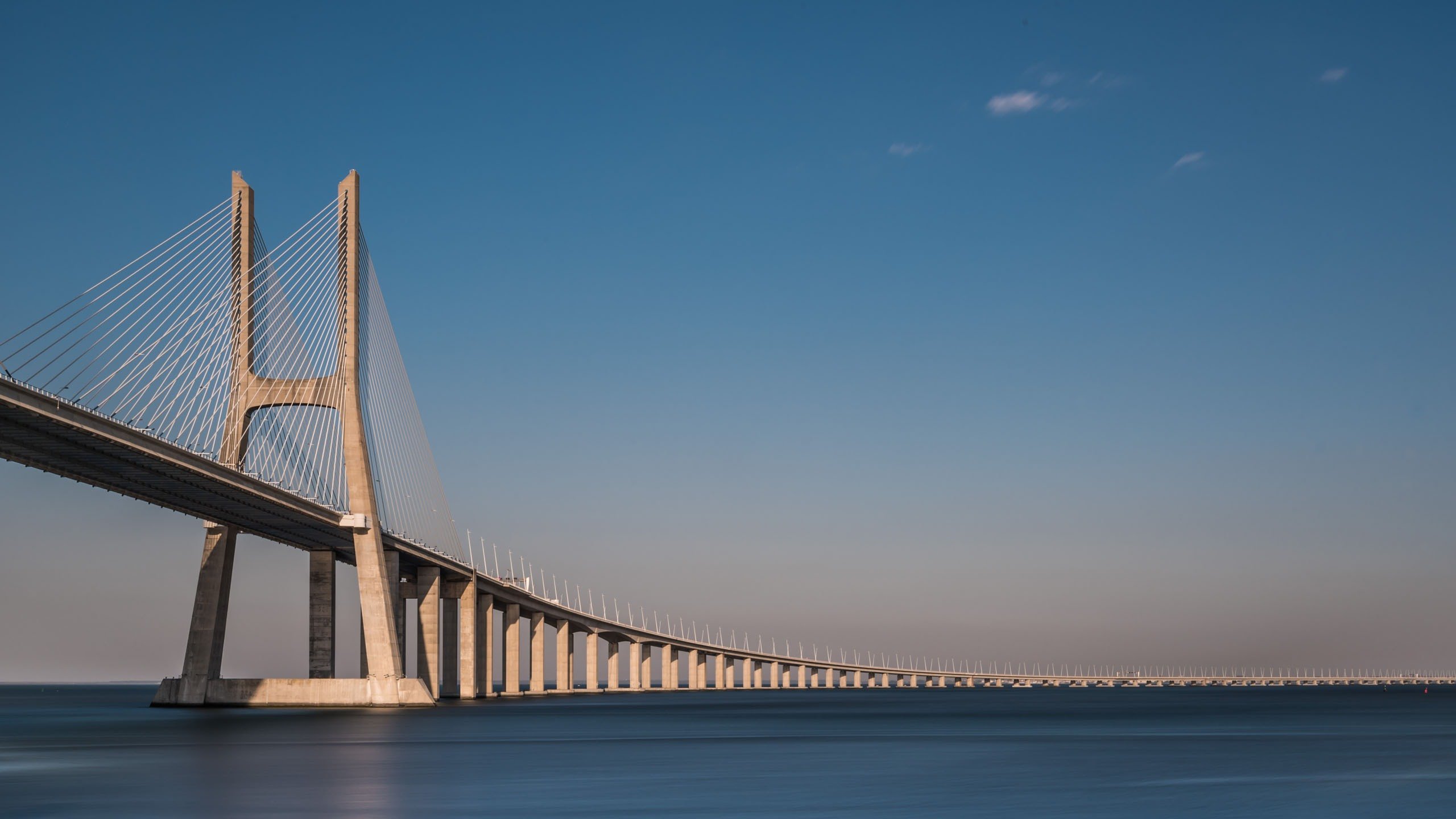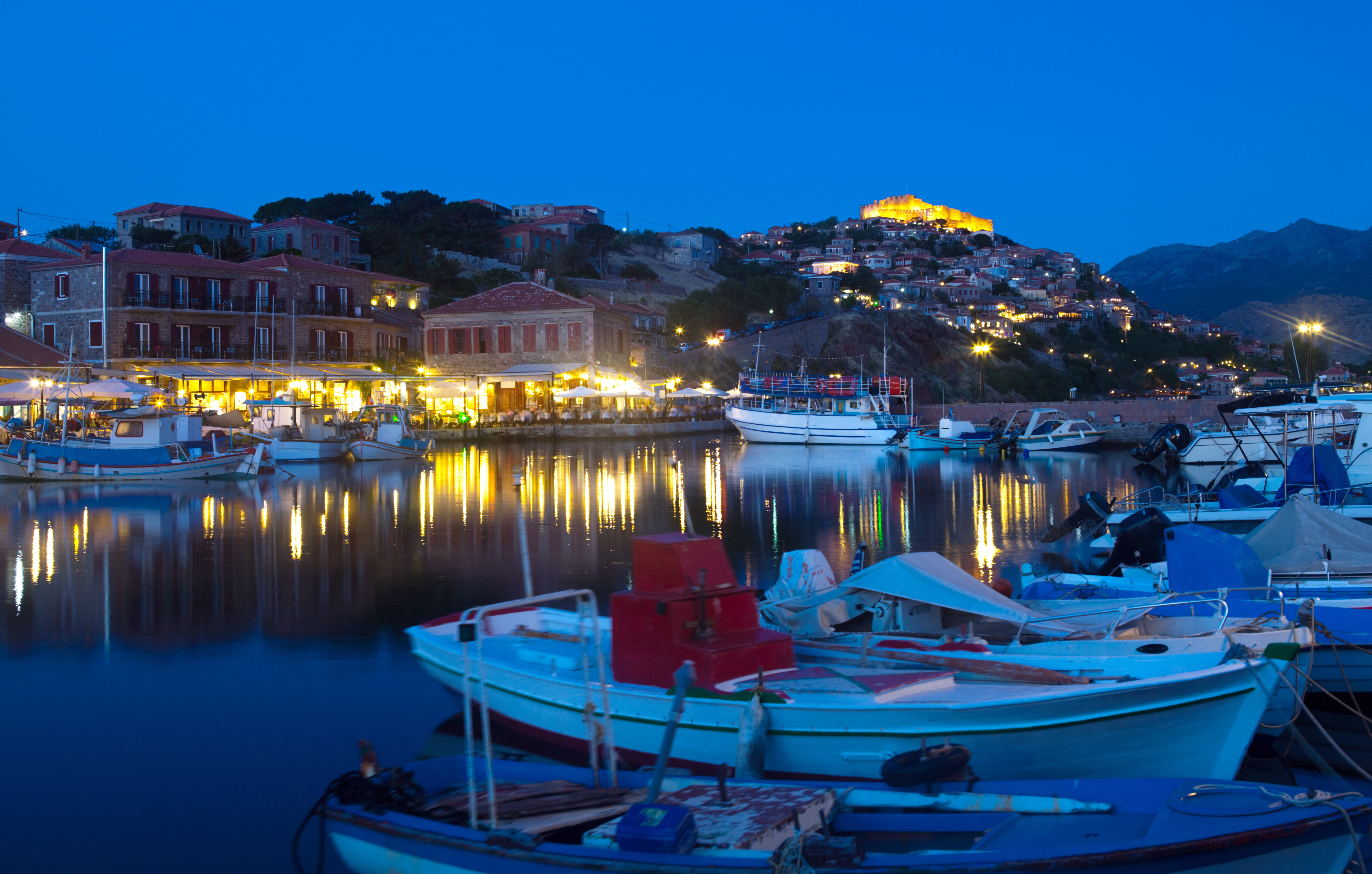
It is not always smooth sailing in the shipping industry. As any seafarer worth their weight in salt will tell you – casualties will happen. Although modern regulations and technology have made the seas safer over the years, an owner must always be prepared for the worst. Indeed, a major marine casualty carries the potential for huge economic loss to the owner, together with the threat of human life and massive ecological damage. When a marine casualty occurs, it is almost always accompanied by salvage response efforts. Because these operations work best when immediately deployed, decisions on costs and response plans must be made fast.
Salvage on the Seas
The law of salvage compensates a volunteer who successfully saves property in peril. Typically, and under Lloyds Open Form, salvage is performed on a ‘no cure no pay’ basis. This means that the salvor must be successful in order to be compensated for their efforts. Indeed, this is one of the three elements needed for a traditional salvage claim. First, the vessel must be in peril. Second, the salvage must be voluntary. And third, the salvor must be successful. If all three elements are met, then an award or payment is provided to the salvor.
The salvage reward is determined on a case-by-case basis, and can be substantial. In calculating a salvage award, several facts are considered, known as the ‘Blackwall factors’. See The Blackwall 77 US 1 (1869). These factors include the risk involved to the salvor, the value of the property saved, the value of the salvor’s property at risk, and the skill, efforts and resources expended by the salvor. The award is generally a portion of the value of the salvaged property.
As of late, salvage has become an increasingly costly endeavour. The equipment and materials needed to conduct salvage operations are causing many professional salvors to close up shop or expand into other areas of commercial activity. Given the hole in the market, it is important to make sure that the salvor undertaking to save the owner’s property is qualified for the job.
You got me covered?
Traditionally, salvage was mostly a concern for Hull and Machinery policies. However, some costs for salvage claims are now covered by Protection and Indemnity insurance. The UK Club’s rulebook provides cover for various types of salvage operations. For instance, Rule 2, Section 9 handles life salvage not otherwise covered by Hull and Machinery insurance. The current provision states: “Sums legally due to third parties by reason of the fact that they have saved or attempted to save the life of any person on or from an entered ship but only if and to the extent that such payments are not recoverable under the Hull Policies of the entered ship or from cargo owners or underwriters.” In addition to providing coverage for life salvage, the Club’s P&I rules may also assist with repatriation costs for crewmembers.
The P&I policy also provides cover for pollution remediation response under Rule 2, Section 21. In these instances, the Club will work closely with local correspondents to ensure that any pollution is promptly addressed. Given the vast array of regulations for pollution, the Club will also take steps to work with authorities, and may provide cover for certain fines arising out of a spill.
The idea of ‘environmental salvage’ is codified in the Salvage Convention rules and referred to as the Special Compensation P&I Club Clause (SCOPIC). Today, SCOPIC is often incorporated into the standard Lloyds Open Form salvage agreement entered into by parties to a salvage operation. When salvage operations are successful, SCOPIC may come into play. While SCOPIC has the benefit of furthering pollution remediation, the traditional rule that the owner and insurer of the property itself (i.e. Hull & Machinery insurance) pays for the salvage of property still rings true.
Once invoked, SCOPIC allows the vessel owner to appoint a Special Casualty Representative (SCR) to monitor the salvage operations and associated costs. The SCR is typically appointed by the P&I Club for the shipowner. The SCR will determine whether the expenses generated are reasonable under the circumstances and ensures that the remediation measures are properly carried out. The SCR will then issue a final report to assist in the settlement of any claim for SCOPIC compensation.
At a certain point, salvage may deteriorate into a wreck removal situation. This occurs when, for example, salvage efforts are abandoned because the imperilled property becomes a constructive total loss. Rule 2, Section 15 of the Club rules provides cover for “costs or expenses relating to the raising, removal, destruction, lighting or marking of the wreck of an entered ship, when such raising, removal, destruction, lighting or marking is compulsory by law or the costs thereof are legally recoverable from the Owner.” In the event this wreck removal cover applies, “the value of all stores and materials saved, as well as the wreck itself, shall first be deducted from such costs or expenses and only the balance thereof, if any, shall be recoverable from the Association.”
Calmer seas
When a significant casualty occurs, salvage operations often come into play. Although these situations can be extremely distressing to the vessel Owner, UK Club Members can find reassurance in knowing that the Club is well suited to respond so that informed, prompt and appropriate action is taken.





